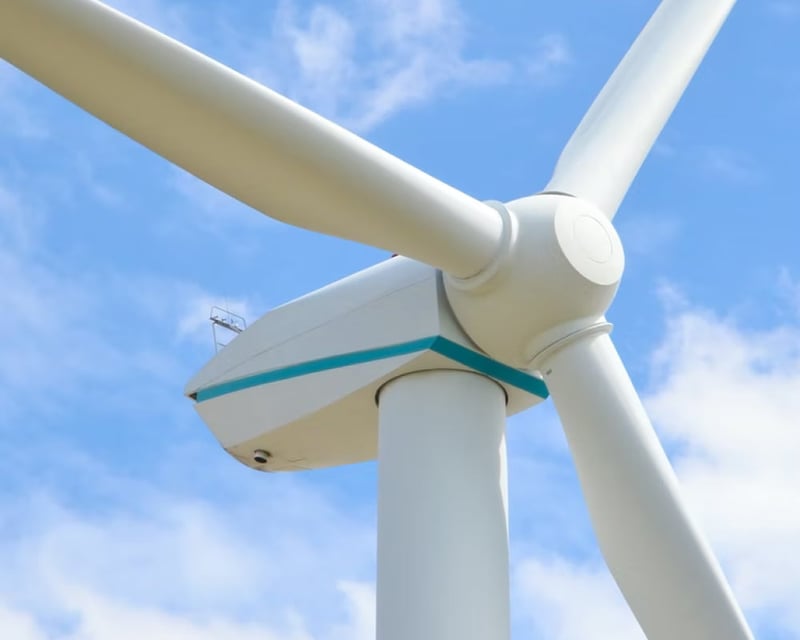THE IMPACT OF TRADE ON THE ENVIRONMENT
The Impact of the Environment on the Future of Trade
Extreme Weather Events
Climate crisis events could cause damage to commercial properties and also halt/stunt supply chains and movement of trade.
Shifting Weather Patterns
Shifting and unpredictable weather patterns caused by climate change can impact the production of traditional agricultural products and lower exports and supply of such goods.
Political Destabilisation
Numerous effects of climate change such as natural disasters, lack of natural resources, and the movement of climate refugees can lead to political instability.
Costs of the Environment
Action
According to McKinsey, the cost of achieving net-zero by 2050 would amount to US$275 trillion spent on energy and land-use systems
Dormancy
In a scenario of inaction, costs resulting from climate change range from 5–20% of global GDP by the end of the century
Trade and the Environment
Challenges
Greenwashing
Greenwashing, a term used to describe deceptive marketing practices used to persuade consumers into believing an organisation’s products, aims, and policies are more environmentally friendly than they actually are. As more and more organisations are noting the mainstream interests of being environmentally conscious, an increase in greenwashing and other deceitful practices have been observed. Proper regulatory oversight and verification are imperative in eliminating greenwashing and helping drive investment by giving investors the confidence to know where their investments are going.
Geopolitical Risks
Geopolitical instability such as the current Ukraine crisis can be a challenge for both the development of global trade and environmental sustainability. Issues such as weather disasters caused by climate change and crises stemming from political instability could redirect financing to short-term needs over long-term green structural changes.
Opportunities
Digital Innovation
-
With a global focus on sustainability comes a plethora of opportunities to capitalise on. China exemplifies this, becoming a major player in the manufacturing of goods such as solar-modules, wind turbines, and EVs (electric vehicles), all spurred by the push for green technology.
-
Upcoming innovations and technology that pose as growth opportunities are liquified carbon, various carbon capturing technologies, and green AI technologies, all of which could open new markets and trade.
Semiconductors
-
The semiconductor industry is set to become one of the most vital and in-demand industries in the 21st century. Semiconductors are integral to many technologies that will be supporting a net-zero future such as electric cars, 5G, connectivity and smart grids.
-
The global market of semiconductors has seen growth of over 100% in the past 20 years. In 2000, semiconductor sales stood at US$204.4 billion globally. In 2021, sales reached US$555.9 billion.
Policy Recommendations
Businesses
-
Companies that prioritise adopting a low-carbon strategy will benefit over late adopters, and will save more in the long term.
-
Companies should undergo risk assessments on potential issues stemming from climate risk, in coordination with the government.
-
Companies should focus on green investments that help protect them against future changes to the risk environment.
-
The private sector should work alongside the government to address climate change and scale up green and sustainable business practices and technologies.
Governments
-
Governments should facilitate the upstanding of regulations and standards mesh to boost investor confidence in green finance.
-
Governments should invest in infrastructure that facilitates green technology to flourish at scale to safeguard sustainable trade.
-
Advanced notice of set-to-be enforced regulations should be given to companies in order to allow them to adapt their strategies and aspects of their operations in order to align with said regulations.
Explore the Next Chapter
Chapter 5: Structural Gaps in Trade and Infrastructural Finance
Download our Future of Trade: Special Energy Edition Report



